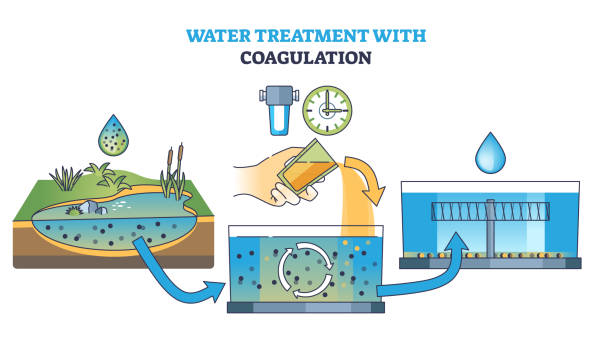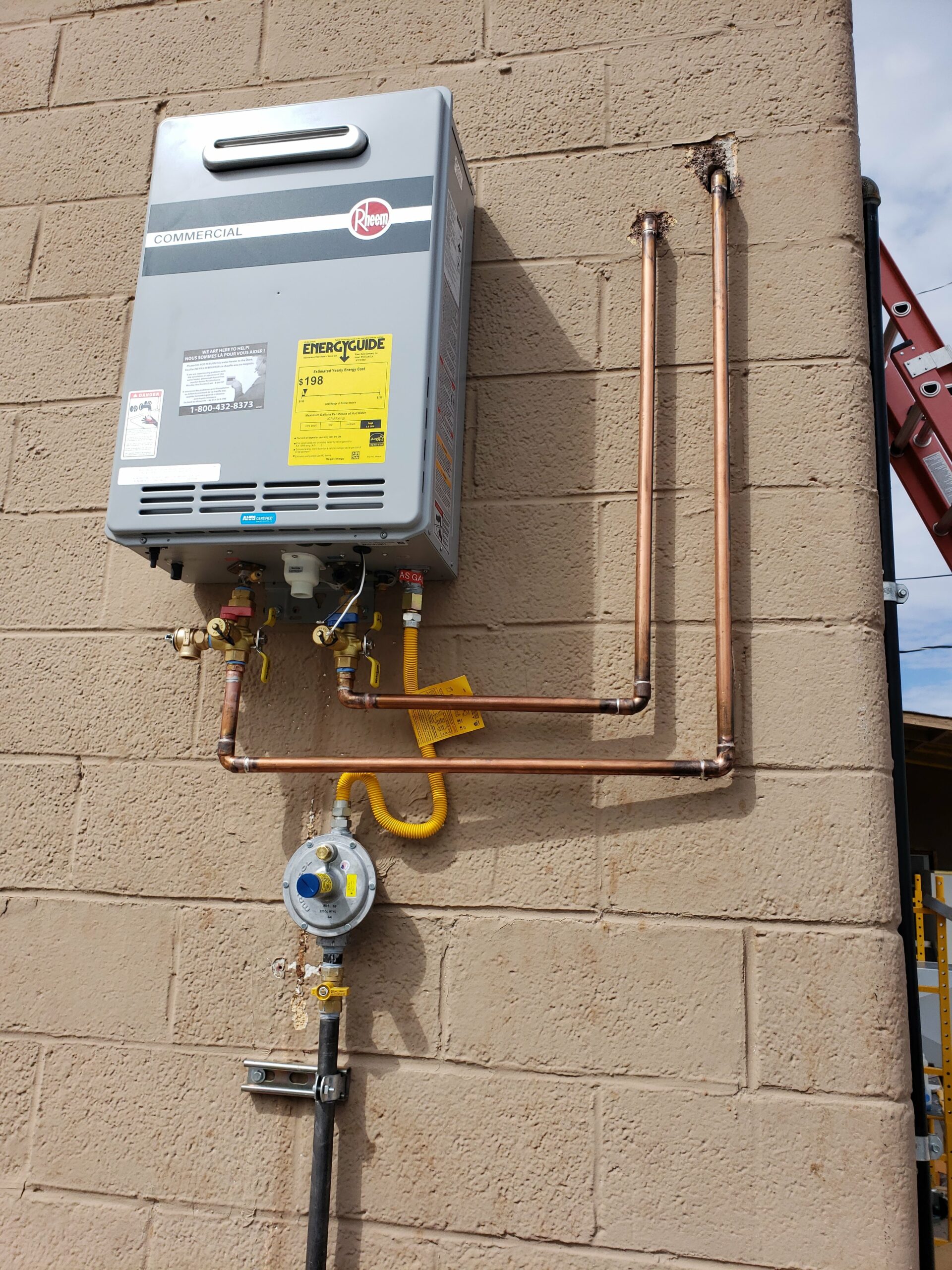If you have ever wondered which plumbing device actually keeps contaminated water from sneaking back into your clean supply, then you are not alone. Backflow is more common than most homeowners realize, and that is exactly why backflow prevention is such a huge deal in modern plumbing. The perk of knowing how these devices work can save you from serious health hazards, plumbing failures, and costly damage.
Let’s quickly break down what backflow really is before we get into the different devices and how they function. The phenomenon of backflow happens when water starts moving in the opposite direction inside your plumbing system, and it is usually because of pressure changes. That reversal can pull in dirty water, chemicals, soil, or bacteria by contaminating the clean water you rely on daily. This is where backflow prevention becomes essential and not just optional.
Why Backflow Happens in the First Place?
There are many people who assume plumbing only works one way, but your water lines are more sensitive than you think. Your clean water lines can experience suction anytime there is a sudden drop in pressure, like during a water main break, frozen pipes, or a major firefighting event. That suction can pull in anything nearby, such as irrigation water, soap, sewage, pesticides, and more. This is why plumbers strongly recommend installing a backflow prevention device where risks are highest comparatively.
There can be potential entry points for contamination inside your home, garden hoses, sprinkler systems, boilers, pool fillers, and even washing machines. Even a simple garden hose submerged in a bucket of dirty water could backflow contamination into your kitchen supply without proper backflow prevention in place.
Plumbing Devices That Prevent Backflow
So, what device actually does the job? There are different systems that need different solutions, but the most common and effective device is the backflow prevention assembly, specifically a backflow preventer valve. This device ensures water only flows in one direction by closing automatically when pressure changes.
There are several types:
- A pressure vacuum breaker (PVB) is often used for irrigation systems. It prevents water from flowing backward by blocking the pressure changes that might pull water back into the home’s supply.
- A double check valve assembly (DCVA) is used in residential and light commercial systems. It has two internal check valves that act as strong barriers to reverse flow by offering moderate protection from contaminants.
- A reduced-pressure zone assembly (RPZ) is the highest level of protection and is often used in high-risk environments. It contains a relief valve and two check valves that end up making it extremely reliable for serious backflow prevention needs.
The important part is ensuring it’s installed by a professional and tested regularly, whichever device you choose. These devices keep your family safe by blocking contaminated water before it reaches your faucets, appliances, and drinking water supply.
Where Backflow Prevention Devices Are Most Needed?
It is important to know that not every part of your plumbing needs protection, but certain areas are more likely to cause contamination. And outdoor hose bibs, irrigation systems, and sprinkler lines are the top culprits. Even your lawn fertilizer can get siphoned back into your household water during a pressure drop without proper backflow prevention, and that could become a real health risk.
Inside the home, boilers, dishwashers, and water heaters also require protection. These appliances sometimes mix clean water with chemicals or heated water, so keeping a physical barrier in place would ensure that everything flows in the right direction and stays safe.
Why Professional Installation Matters?
Backflow devices may seem simple, but they’re mechanical, regulated, and must meet plumbing code standards all at once. A licensed plumber will make sure the device is sized correctly, installed at the right height, accessible for yearly testing, and appropriate for the risk level of your home. An improperly installed backflow prevention device may fail silently, meaning contaminated water could be entering your home without you realizing it.
The practice of regular testing is also essential. This is not just a formality, but it ensures your device will actually work when pressure drops unexpectedly.
The Bottom Line
Backflow may sound like a distant plumbing issue, but it can happen in any home at any time. Investing in proper backflow prevention could ensure your plumbing system operates safely and your drinking water remains clean. These devices are affordable compared to the risks they eliminate, and once installed as they provide long-term peace of mind.
FAQs
1. What is the most common device used for backflow prevention?
The most widely used device is a backflow preventer valve, such as a pressure vacuum breaker (PVB) or double check valve assembly (DCVA).
2. Do I need a backflow prevention device for my irrigation system?
Yes, irrigation lines are one of the biggest sources of contamination, so installing a PVB or RPZ is strongly recommended.
3. How often should backflow devices be tested?
Many states require annual testing, especially for commercial-grade devices like RPZ assemblies.
4. Can I install a backflow preventer myself?
It’s best to hire a professional because plumbing codes are strict, and incorrect installation can create safety hazards.
5. What are the signs of backflow issues?
Water discoloration, odd smells, reduced pressure, or sudden contamination events may indicate a failure in backflow prevention.



